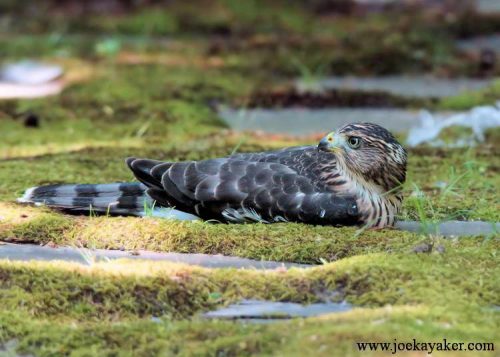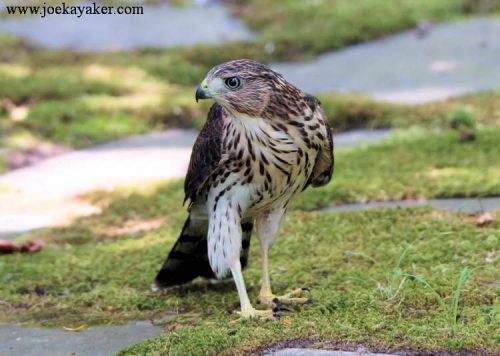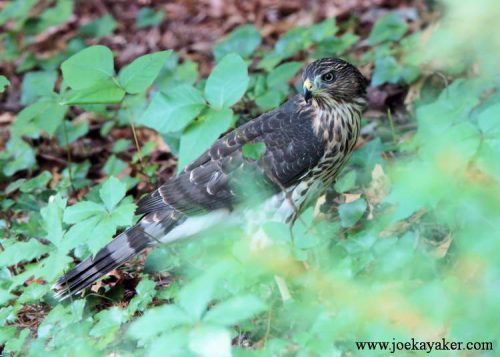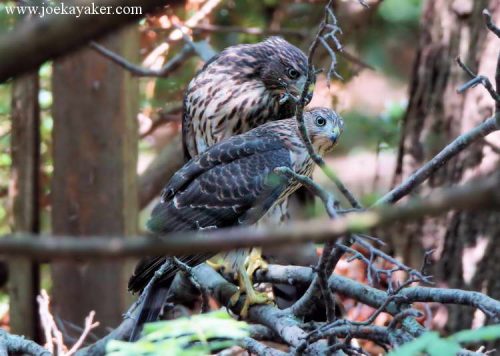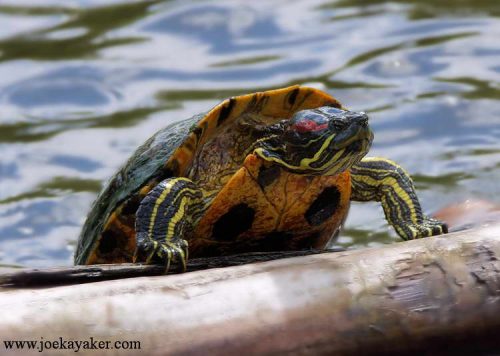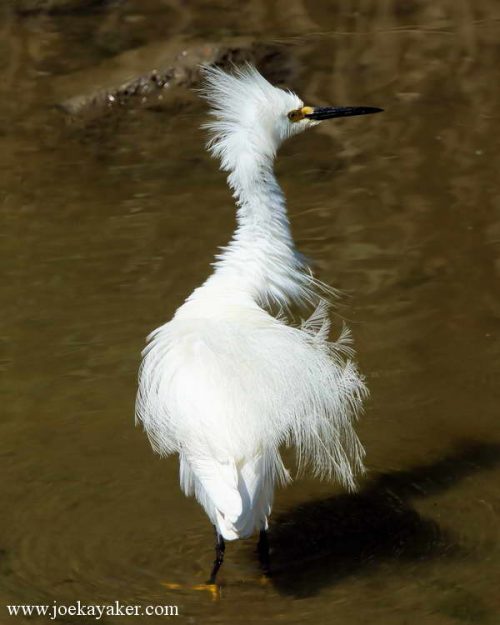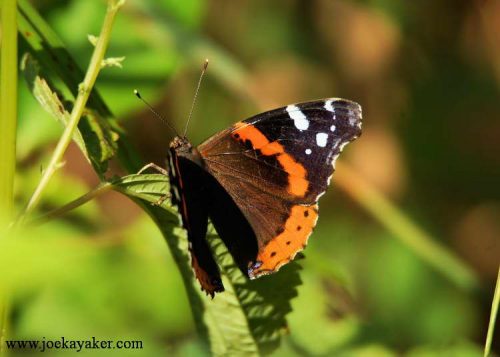Wednesday, August 15, 2018,
Most times in birding photography, getting the shot or shots depends on where you are, coupled with when you are. The where are is simple. You need to be where the birds are. To be honest, that part is not so simple, but I explained as much in an earlier post.
Next, you need to be there when then the birds are. I find mornings and early evenings to be the best time for finding and photographing birds. During summer, birds are most active in the morning and later in the day. Many birds, like most other sensible creatures will take a siesta during the warmest parts o the day. So mornings and late afternoons and evenings tend to the best time for me find birds to photograph.
Okay, now I’ve mentioned the importance of the where and the when. Both of those aspects are important. Now, I’m going to tell you that sometimes that kind of information isn’t enough. Just like in regular life, sometimes it’s who you know. You see, this series of pics doesn’t happen without friends of mine telling me about a pair of Cooper’s Hawks nesting in their yard. The parents raised three chicks and you’re looking at them. I wasn’t able to capture all three in one photograph, but trust me, there are three different birds depicted in these pics. In these first two pics is the fledgling who stood alone but the next two pics show one and then both of it’s fledgemates.That first fledgling seemed to enjoy resting on the cool flagstones. If you’re here on Long Island, in this sweltering weather, I’m sure you can appreciate this young bird’s wisdom.
How is this for a shot of Cooper’s Hawks siblings? These two were romping away, jumping on and chasing one another. There may have been three chicks from this nest, but these two were best buddies. Aren’t they beautiful? Again, these pics aren’t because I knew the where or when to grab these shots but because of my friends and the heads up they gave me. Sometimes, it really is who you know. JK.

